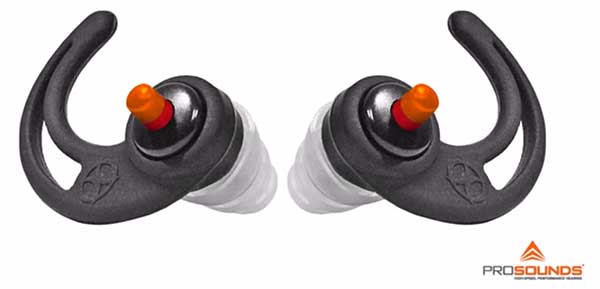


They provide a subtle way to tweak the sound and vary from a softening effect to a focusing effect. Then, of course, there are the various filter settings. In this context, I found that all the musical aspects lost a little, while nothing was gained. This makes perfect sense but the setting is a nice option to have if only to prove that the X-Sabre Pro’s clock is more accurate, or at least works better in Async mode. Switching from Asynchronous to Synchronous USB mode indeed seems to illustrate nicely why this mode is not used very often anymore. The X-Sabre Pro, however, offers the user the option to choose. In USB, asynchronous is the magic word, and there are hardly any DACs that use synchronous USB, usually for good reason. When switching off Jitter Reduction the bass seems to become a little bit more articulate which in itself is nice, but the midrange and treble also become a bit too forward and a little edgy this way, and so I would recommend always using the DAC with Jitter Reduction enabled, as I did for the rest of the review. I kept it on for the duration of my testing. This makes for a nicely subtle smoothing effect that creates more fluid decays while providing seemingly higher resolution. In some setup combinations (only when playing PCM), some people might find it to be a little dry, but this can easily be ameliorated by switching on the Dither option.
#Prosounds xpro full#
Using Roon via USB with optimum settings (Wasapi, Exclusive Mode and no DSP) the X-Sabre Pro sounds tonally full yet very precise. I’ll go through all of them while unraveling how the DAC sounds. Naturally, I just had to try each and every one.

The X-Sabre Pro has an extended range of settings to be made that can influence the sound of the DAC to suit personal needs or preferences. Later I listened to the DAC in my main setup using Apogee Diva magnetostatic speakers, Jeff Rowland amplification and Aurender N10 music server as well as the Euphony Buggy/Zotac server.įinally, I listened to the DAC in a temporary review system centered around the incredible Marten Mingus Quintet speakers. Main playback application is Roon, with jRiver Media Center used primarily for metadata grooming. I first connected it in my Media Room setup where I normally use an Exogal Comet DAC (with standard power supply) and Genelec 8050B active speakers. To thoroughly assess the X-Sabre Pro’s sound, I listened to it in 3 different audio setups. But the all-important deciding factor is… how does it sound? X-Sabre Pro Sound – PCM DSD audio streams are not limited to playback through the USB port, but there is also support for DoP or dCS protocol via optical, coaxial and AES/EBU inputs.Īdd in defeatable volume control with switchable 18dB extra gain, 7 PCM filters, 4 DSD filters, switchable dither, switchable jitter reduction, switchable synchronous/asynchronous USB and PS Audio standard I2S, a very attractive touch panel for all controls with a clear display that is visible from all angles (Exogal take note) and a very nicely made remote control with very distinctive styling and excellent tactile feel and it starts to look like something of a bargain. The DAC supports 32Bit/768kHz PCM audio stream playback as well as DSD64, DSD128, DSD256, DSD512, and DSD1024 with a sample rate of 45.158MHz via I²S input port. The X-Sabre Pro utilizes a linear power supply with Noratel transformer and Nichicon caps and then there’s the mind-easing knowledge of having the latest Sabre ES9038PRO DAC chip on board. The attention to detail is evident all around and from every angle, even from the rear and the bottom. From this standpoint alone already my feeling is that the DAC is easily worth its asking price, but the list goes on. This makes for a seamless monocoque housing that is vibrationally inert and very heavy. It is built in the same way that the costly Jeff Rowland equipment is built: milled from a solid block of aluminum and with no single screw in sight. During sleep mode, its USB input is not active, doubtless a consequence of EU legislation regarding low power consumption.īut let’s start with the DAC’s appearance because the X-Sabre Pro is one seriously handsome looking DAC. The unit enters standby after the absence of a signal after a while and automatically wakes up again when the signal resumes. When operating the touch keys, they light up. Anything under that didn’t really sound very good. While some people might find 1700 euro to be a very large sum of money (and objectively it is), I come from an audio past where you would need to spend at least 5000 euro to get a really great DAC. I’ve mentioned on this site before how affordable DACs are getting better and better. Retail price in the Netherlands: approx 1700 euro Fully-fledged DSD DAC with incredible build quality Review sample kindly supplied by Euphony Audio


 0 kommentar(er)
0 kommentar(er)
